New iconic construction on Vietnam - China border
The project to build a road bridge across the Red River, which will be started soon, will create the foundation for the establishment of a cross-border economic cooperation zone, promoting trade, supporting border trade and tourism between Vietnam and China. This can be considered one of the projects that materializes the wishes of the two countries' senior leaders, which have been repeatedly mentioned during their visits and working sessions, which is to implement large, symbolic projects that are worthy of the relationship between the two countries.
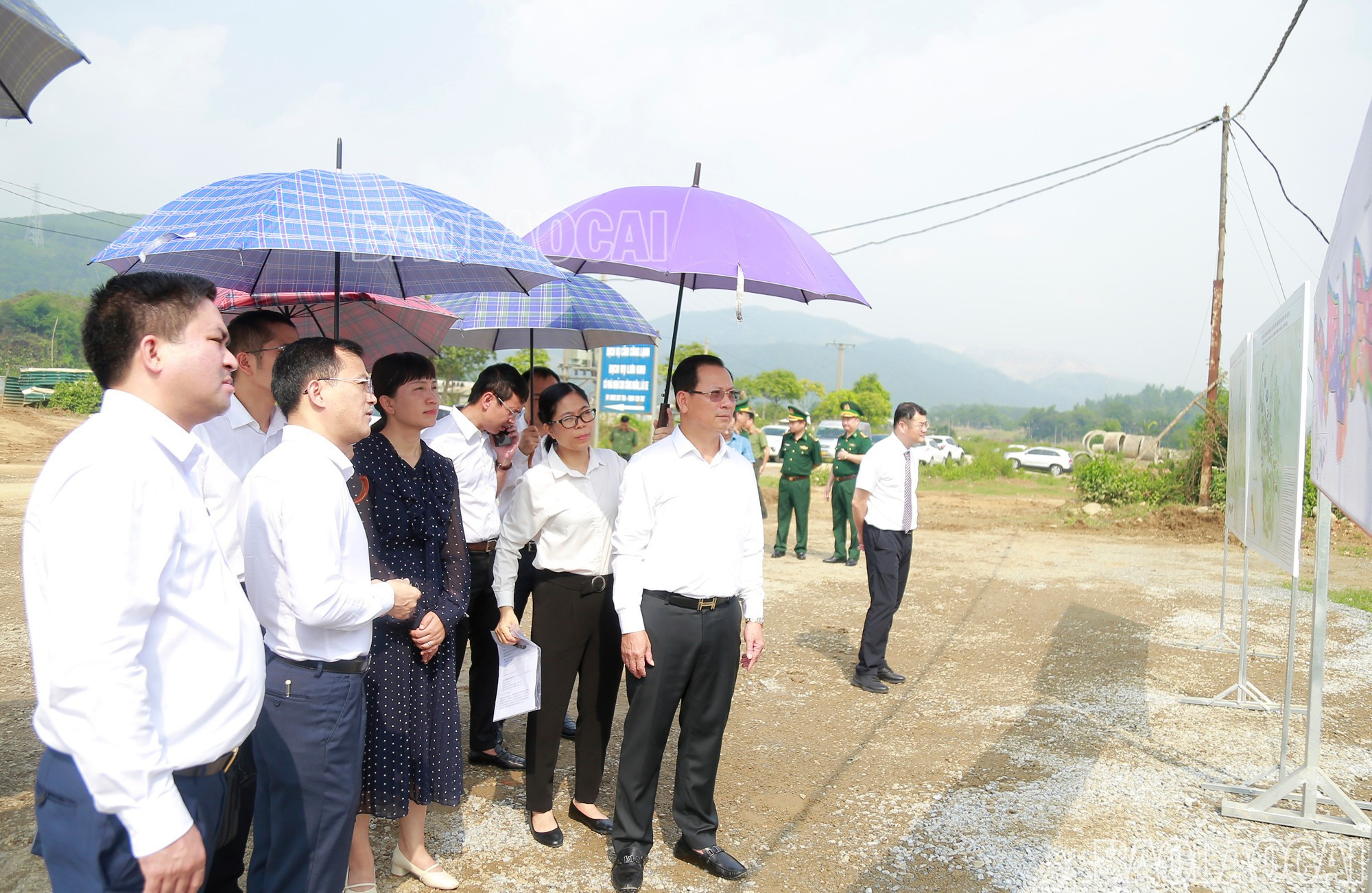
The groundbreaking event of this project is the "sweet fruit" after the efforts of the two provinces of Lao Cai, Vietnam and Yunnan, China over a long period of time to complete investment and construction procedures.
Since the end of 2016, Lao Cai province and representatives of central ministries and branches have conducted field surveys; after that, the central ministries and branches all agreed with Lao Cai province's proposal on the policy of building a road bridge across the Red River in the border area of Bat Xat (Vietnam) - Ba Sai (China).
In January 2018, the Government Office issued a document conveying the Prime Minister's direction on agreeing with Lao Cai province's proposal to build a road bridge across the Red River in the border area of Bat Xat (Vietnam) - Ba Sai (China), and at the same time assigned Lao Cai Provincial People's Committee to receive opinions from ministries and branches to carry out the next procedures according to regulations. In the working sessions with Lao Cai Provincial People's Committee (in March 2018 and August 2018), the Ministry of Transport highly agreed with the province on the policy of building the bridge and the Ministry of Transport will support and coordinate with Lao Cai Provincial People's Committee to carry out the next steps to soon implement the project.
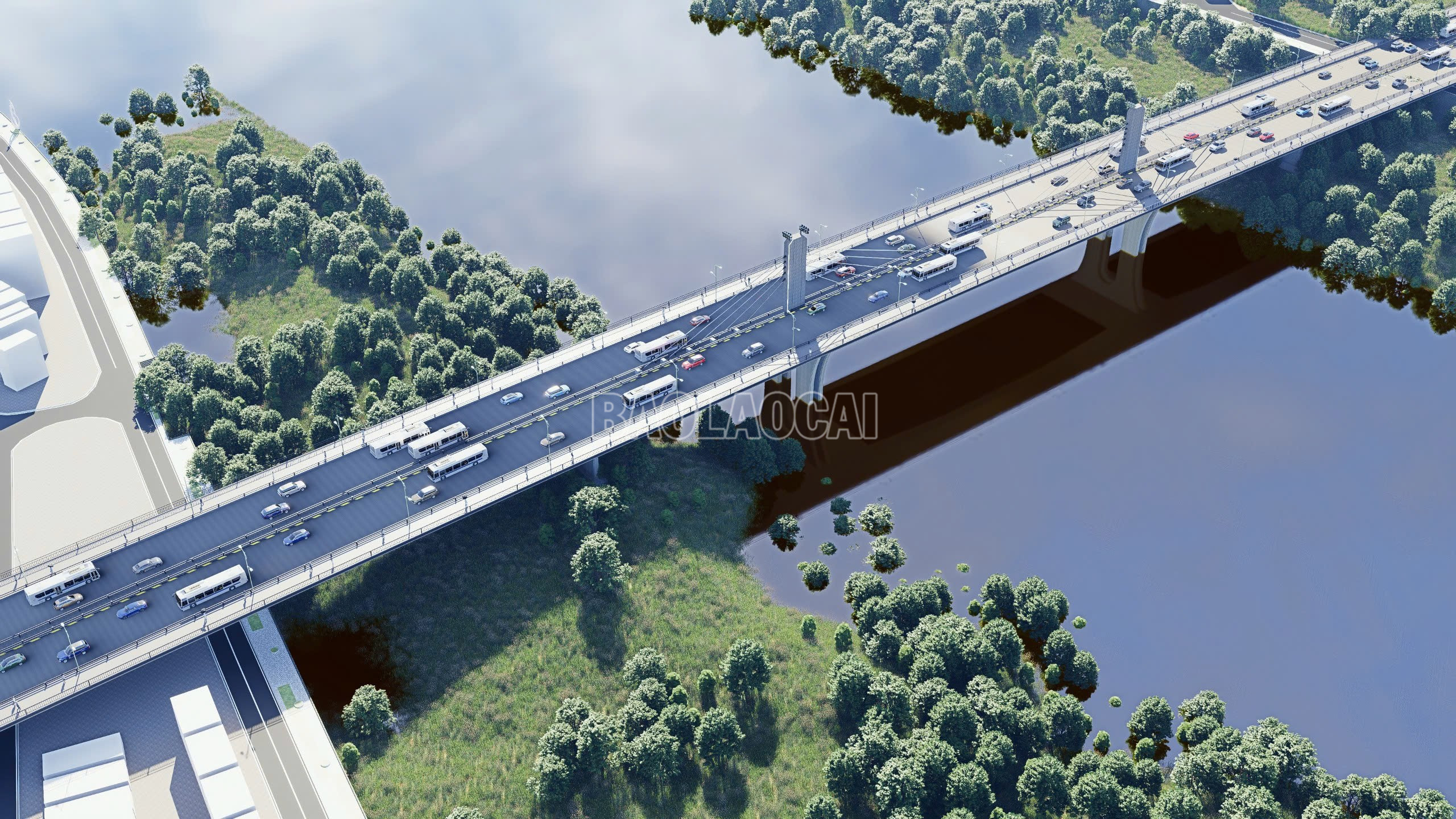
Following the direction of the Government, Lao Cai province (Vietnam) and Yunnan province (China) have held 4 meetings on preparations for investment in bridge construction. The two sides have agreed on the location of the bridge, the bridge architecture plan, the scale of the project, etc.
The Agreement and Protocol on Bridge Construction were signed by the Government of the Socialist Republic of Vietnam and the Government of the People's Republic of China on December 12, 2023. The plan to implement the Decree and Protocol on Bridge Construction was approved by the Government in Decision No. 1141/QD-TTg dated October 9, 2024.
On March 21, 2025, the delegation of Lao Cai province - Vietnam and the delegation of Yunnan province - China held talks and agreed on the contents for the groundbreaking and construction of the bridge. Accordingly, March 31, 2025 was chosen by both sides as the joint groundbreaking date for the construction of the road bridge across the Red River border of Bat Xat (Vietnam) - Ba Sai (China).
Bridges connecting trade
Border bridges are not only transport infrastructure but also a driving force for socio-economic development on both sides of the border. Thanks to the connection through the bridges, supply chains are optimized, helping to increase the value of import and export products. This is the foundation for Lao Cai to become a gateway for trade between Vietnam and ASEAN with the Southwest - China market.
The development of border bridges has led to the development of local service, logistics, transportation and trade industries. People in border areas have had more job opportunities and improved their lives thanks to border economic activities.
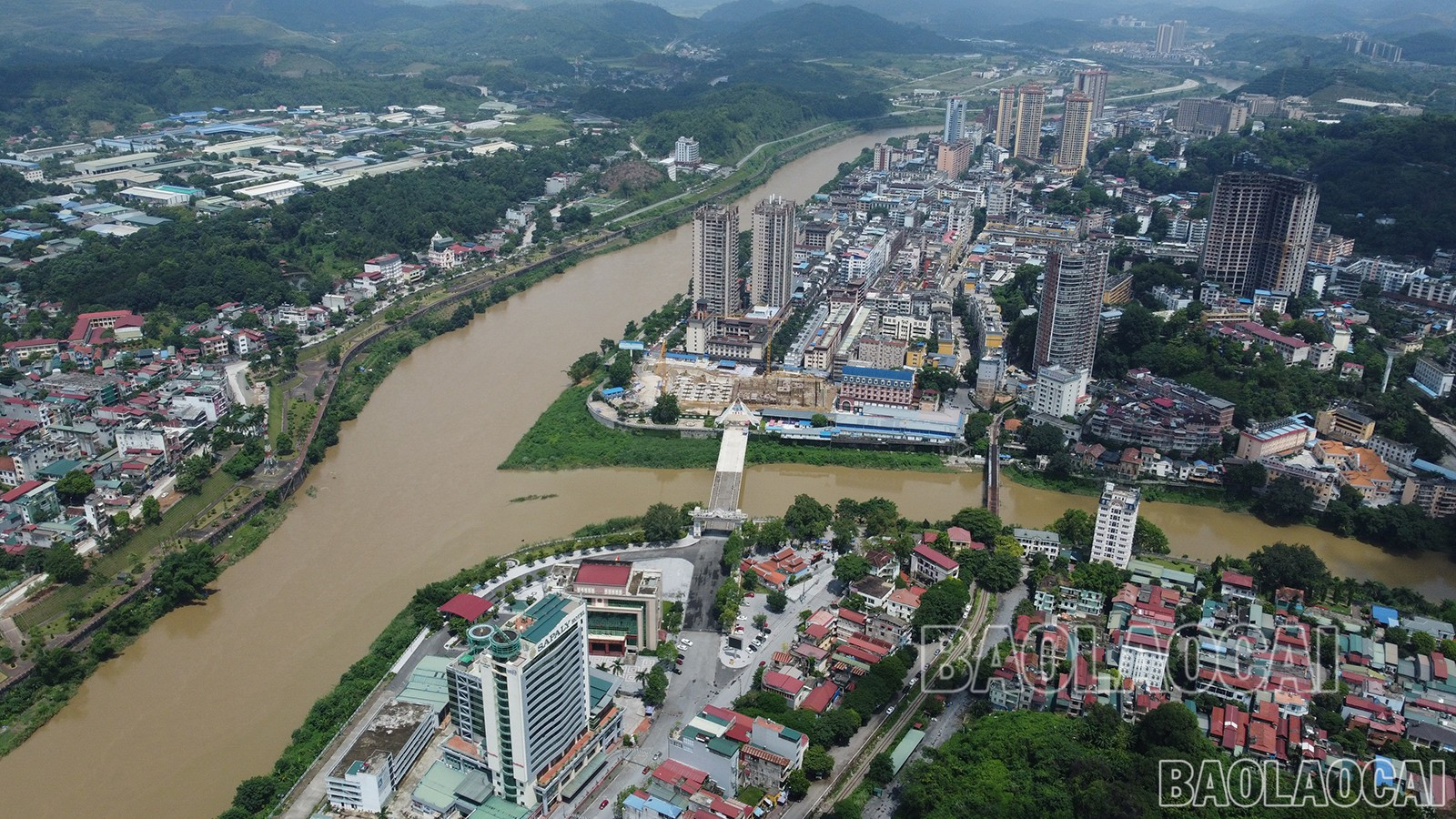
Before 2000, to go to Hekou town (China), there was only one way, which was along the Huqiao railway bridge.
In 2001, when Ho Kieu II Bridge was completed, the transportation of import and export goods and import and export of people and tourists became very easy and convenient, contributing to promoting economic cooperation between the two provinces of Lao Cai (Vietnam) - Yunnan (China).
In the face of the current strong development trend of trade between the two countries, especially the Lao Cai - Ha Khau international border gate pair, Lao Cai province soon realized the necessity of building another bridge connecting Lao Cai city and Ha Khau town at a new location with a comprehensive, strategic vision and sufficient conditions for long-term development. From here, the idea of building a border bridge across the Red River between the two countries was formed.
In October 2002, Lao Cai Provincial People's Committee officially requested the Government to allow the construction of a road bridge across the Red River and was approved by the Prime Minister. A team of technical experts for bridge construction from Lao Cai and Yunnan Provinces was established and entered into negotiations.
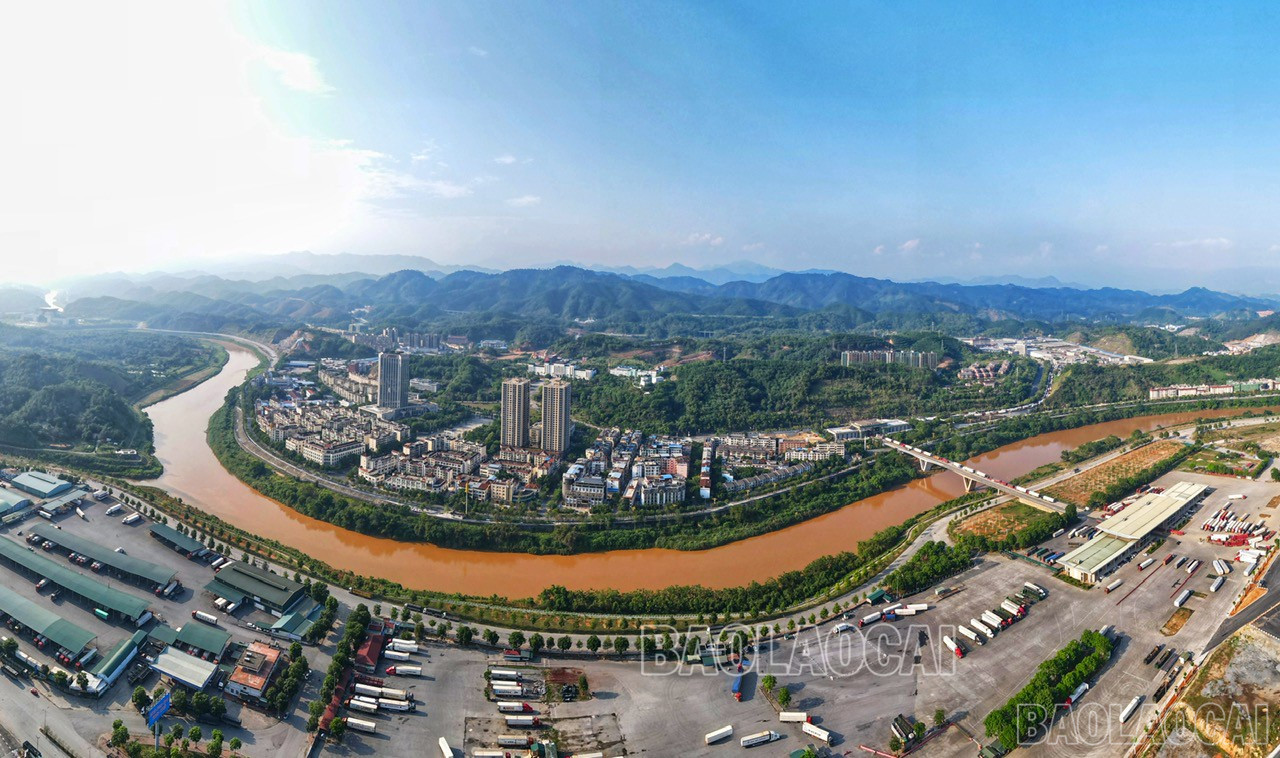
With the timely attention and direction of the Provincial Party Committee and Provincial People's Committee leaders, along with the efforts of the transport sector, on May 11, 2004, Lao Cai Department of Transport (Vietnam) and Yunnan Transport Department (China) signed a memorandum of agreement to select the location to build Kim Thanh bridge, about 3.5km upstream of Ho Kieu II bridge on the Red River.
The two countries agreed to build a bridge with a modern scale and high aesthetics. The main bridge was built with a span length of 280m, designed for vehicles weighing 120 tons, the bridge piers were designed in a very aesthetic V shape, the width of the bridge was 21.5m. This was a record for the Vietnamese bridge industry and was the widest bridge in the North at that time, constructed using the balanced cantilever method.
The Ban Vuoc - Ba Sai bridge project, which is about to start construction, is also specially designed with a bridge deck width of up to 35.3m, constructed using the cantilever method combined with fan-shaped cable-stayed structures, with tower pillars 20m high from the bridge deck, which will meet the long-term vision for border economic development between the two countries.
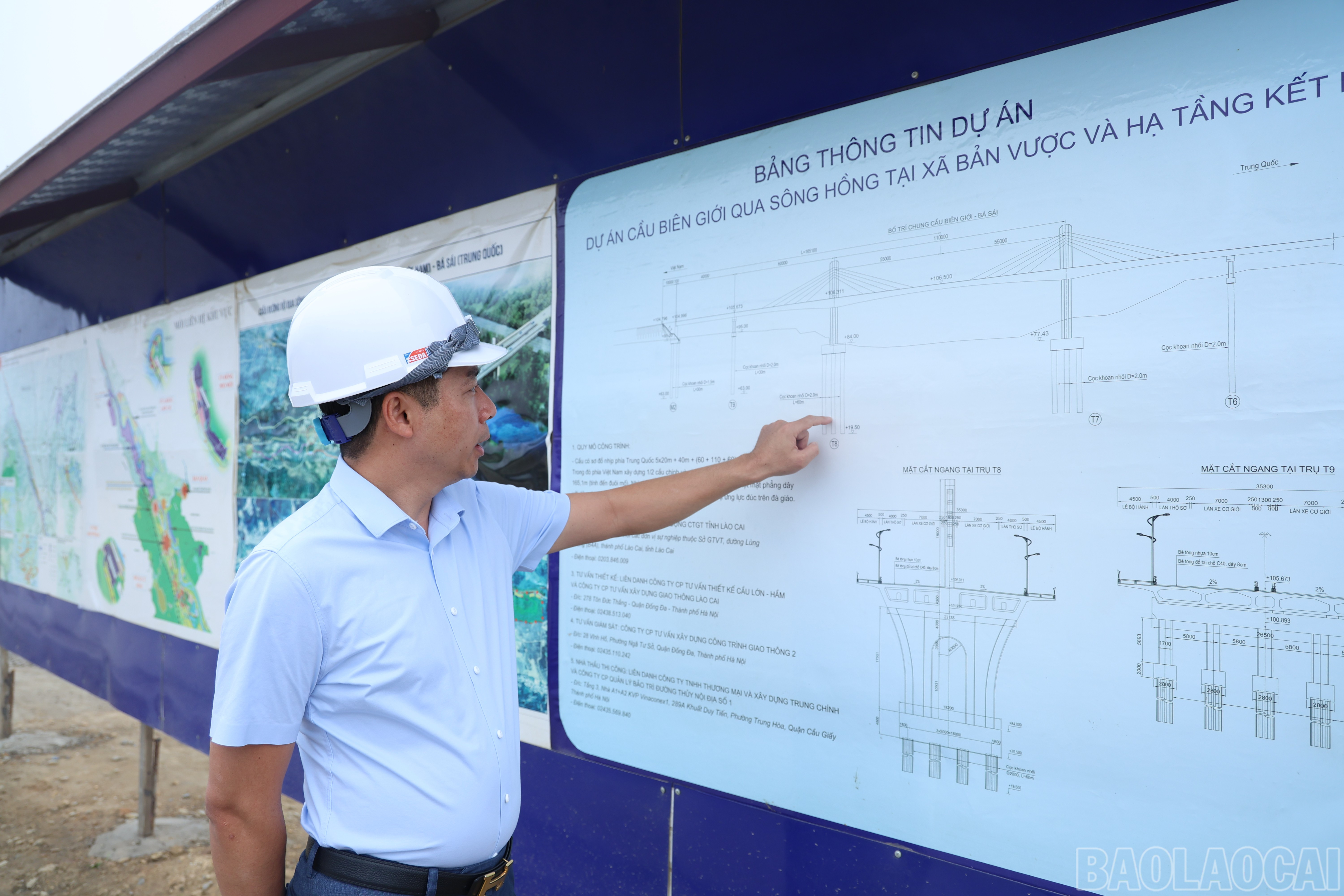
Along with the existing bridges, the project to build a road bridge across the Red River, which will start construction soon, will not only play a role as a vital traffic route, helping to shorten the travel distance between the two localities, but also create a great driving force for the development of trade, tourism, and cultural exchange between the two countries. The completion of the project will open up many opportunities for economic and investment cooperation, while improving the lives of people on both sides of the border.
This project is a testament to the commitment of the Vietnamese and Chinese governments to develop border transport infrastructure, towards a region of sustainable development, peace and prosperity.
It can be affirmed that the border bridges connecting Lao Cai (Vietnam) and Yunnan (China) are an important driving force for the development of the border economy, promoting trade and creating strong connections between the two countries. Not only bringing economic benefits, these bridges also demonstrate the spirit of cooperation, friendship and commitment to building a peaceful and sustainably developed border.
In the future, continued investment in border infrastructure, improved management efficiency and promotion of bilateral cooperation will be the key to fully exploiting the potential of border bridges. This will not only benefit the localities and people along the border but also contribute to enhancing Vietnam’s position in the region.
Source: https://baolaocai.vn/tao-co-so-hinh-thanh-khu-hop-tac-kinh-te-qua-bien-gioi-post399495.html


![[Photo] Overcoming all difficulties, speeding up construction progress of Hoa Binh Hydropower Plant Expansion Project](https://vstatic.vietnam.vn/vietnam/resource/IMAGE/2025/4/12/bff04b551e98484c84d74c8faa3526e0)




![[Photo] Closing of the 11th Conference of the 13th Central Committee of the Communist Party of Vietnam](https://vstatic.vietnam.vn/vietnam/resource/IMAGE/2025/4/12/114b57fe6e9b4814a5ddfacf6dfe5b7f)



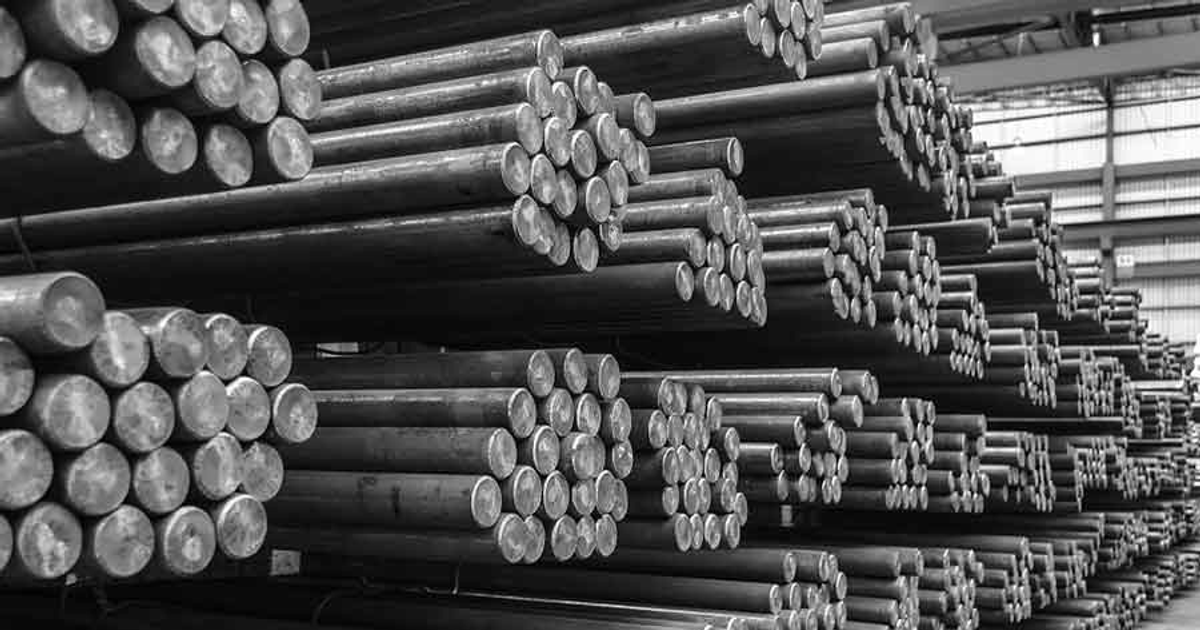
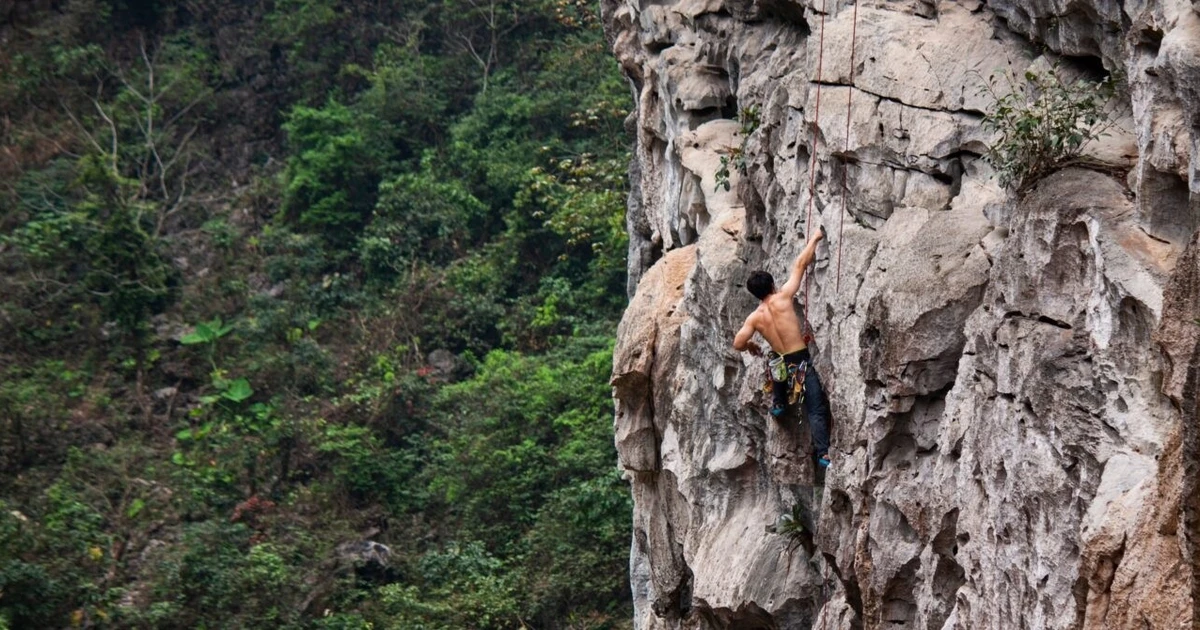





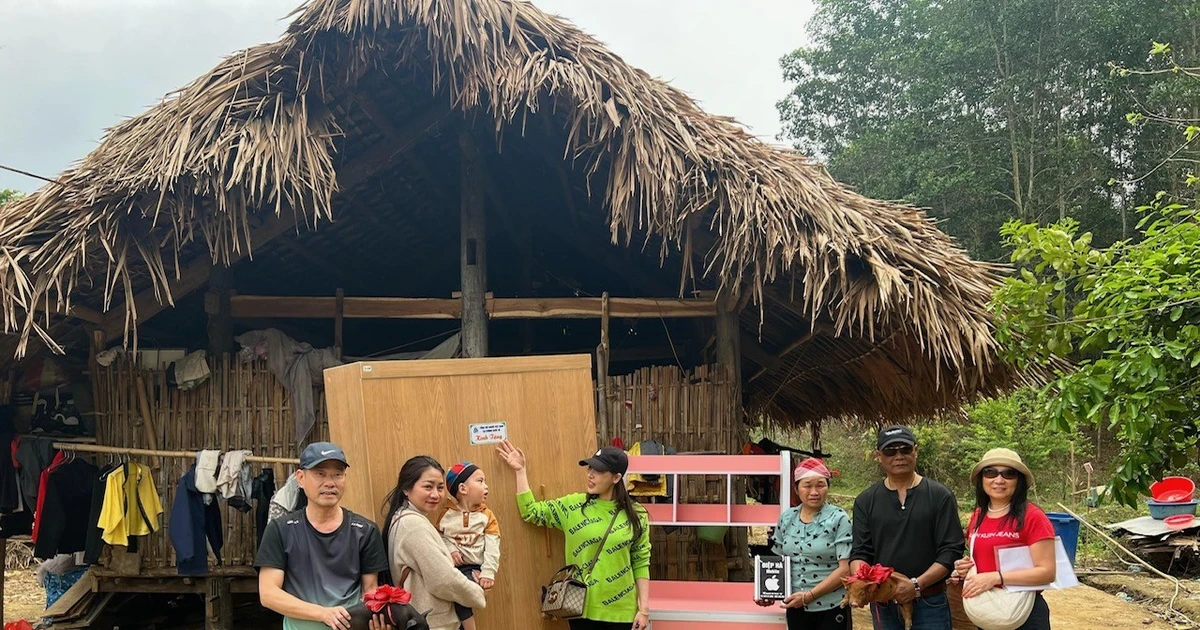
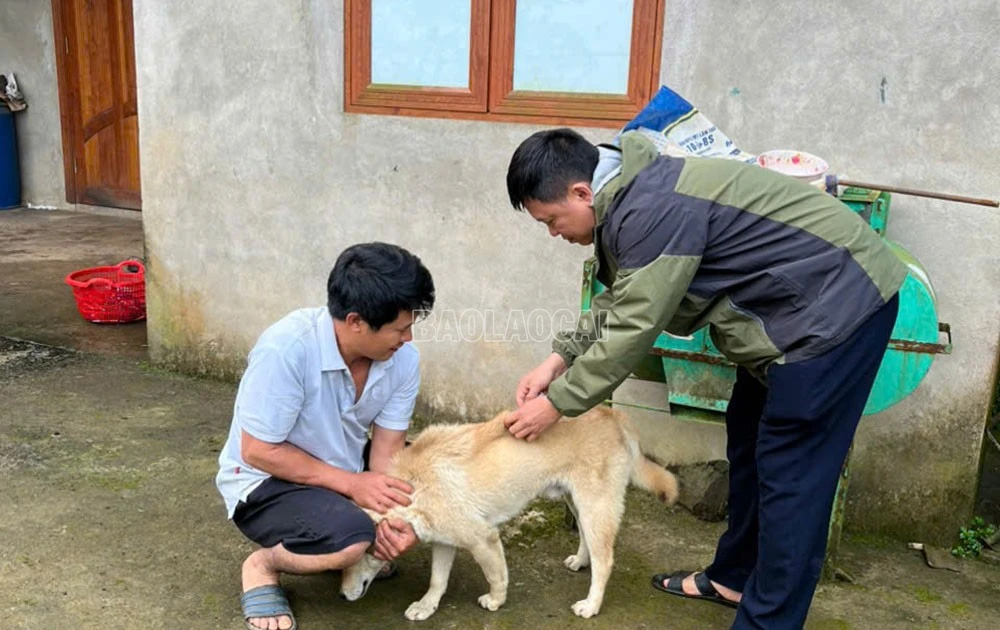


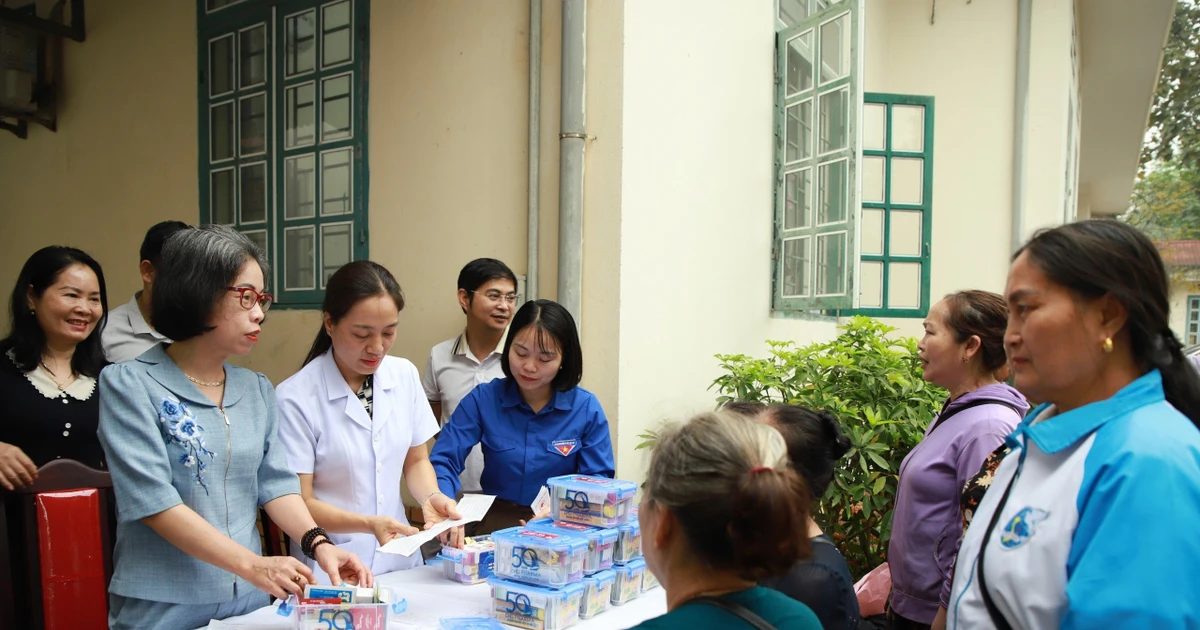



































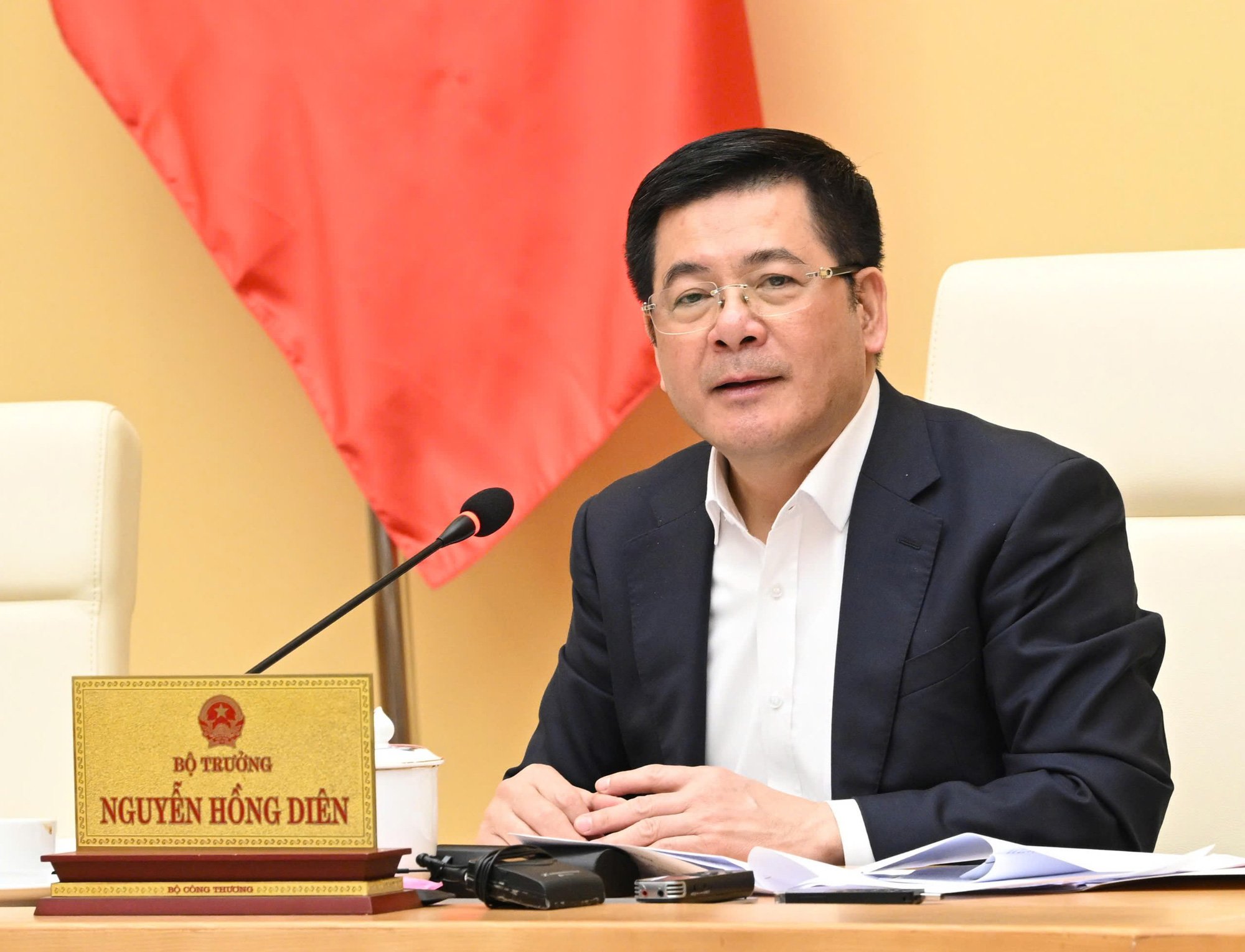
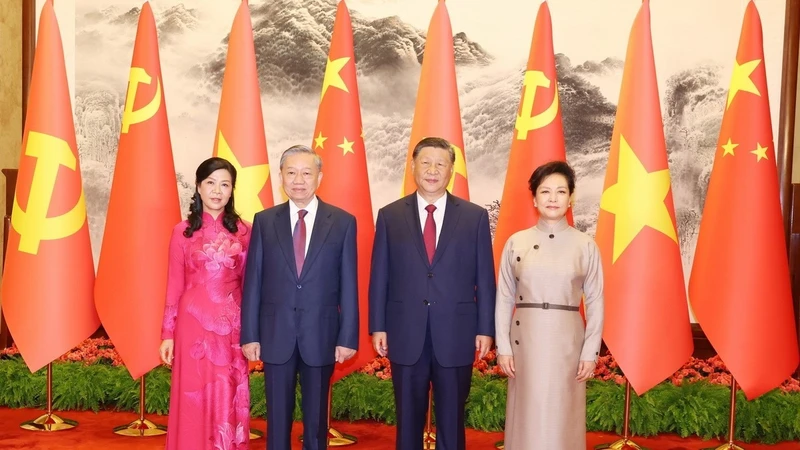













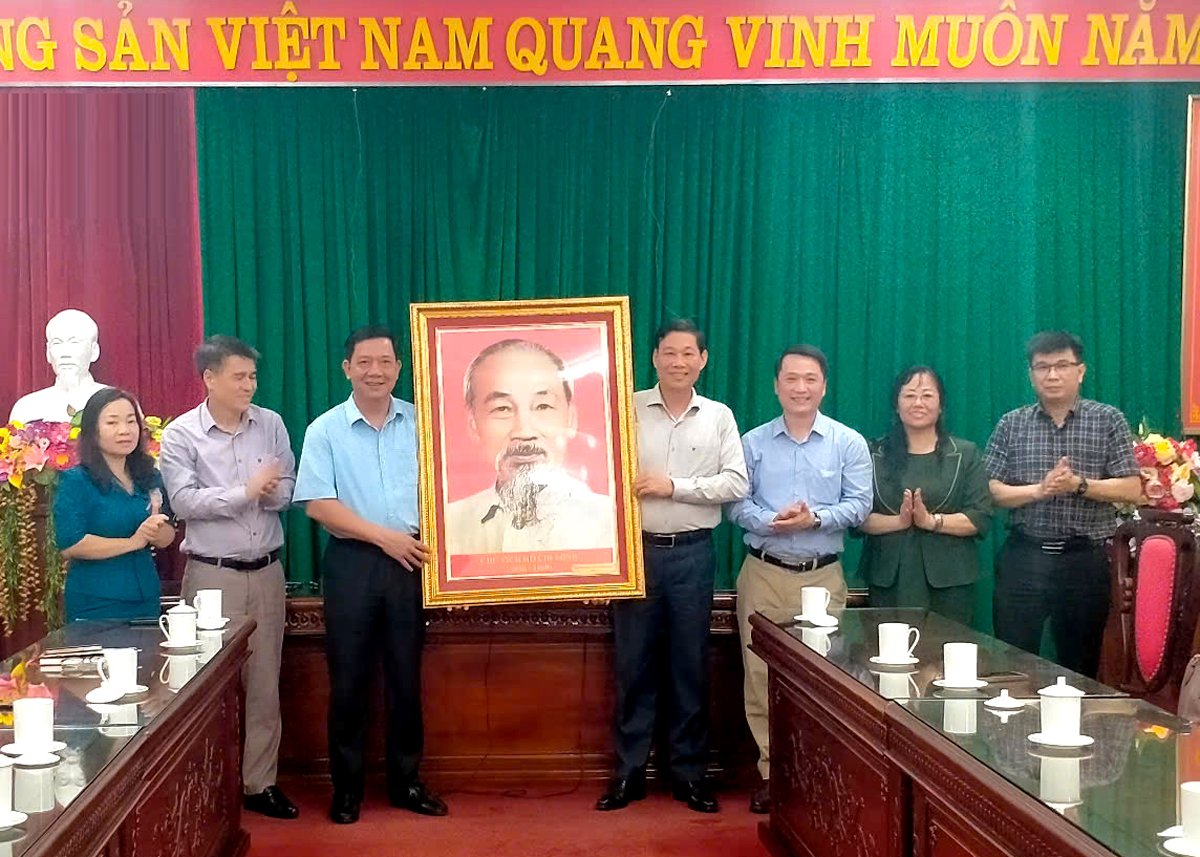














Comment (0)